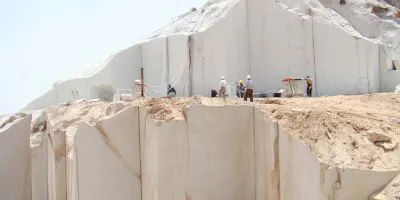

Natural Stones dealers in Oman
 melika t1 weeks ago
melika t1 weeks ago سوزن دوزی با پشم و نخ طبیعیCarpet
سوزن دوزی با پشم و نخ طبیعیCarpet مؤمن ابراهيم3 months ago
مؤمن ابراهيم3 months ago نيازك واحجار كريمهMeteorite
نيازك واحجار كريمهMeteorite حسن فلاحی8 months ago
حسن فلاحی8 months ago سنگGranite, Marble, Travertine, Quartzite
سنگGranite, Marble, Travertine, Quartzite Farbod trading and investment16 months ago
Farbod trading and investment16 months ago مصالح ساختمانی ، مواد غذایی ، مواد معدنی و پتروشیمی ،
مصالح ساختمانی ، مواد غذایی ، مواد معدنی و پتروشیمی ، محمد20 months ago
محمد20 months ago mohammdalmukini@gmail.com
mohammdalmukini@gmail.com Sayed Qamar Abbas20 months ago
Sayed Qamar Abbas20 months ago Bracelets, Rings, Pendants and all jewellery availableTurquoise, Ruby, Agate, Lapis Lazuli, Amber, Topaz, Emerald, Jade, Spinel, Pearl, Tanzanite
Bracelets, Rings, Pendants and all jewellery availableTurquoise, Ruby, Agate, Lapis Lazuli, Amber, Topaz, Emerald, Jade, Spinel, Pearl, Tanzanite محمد20 months ago
محمد20 months ago محمد
محمد




